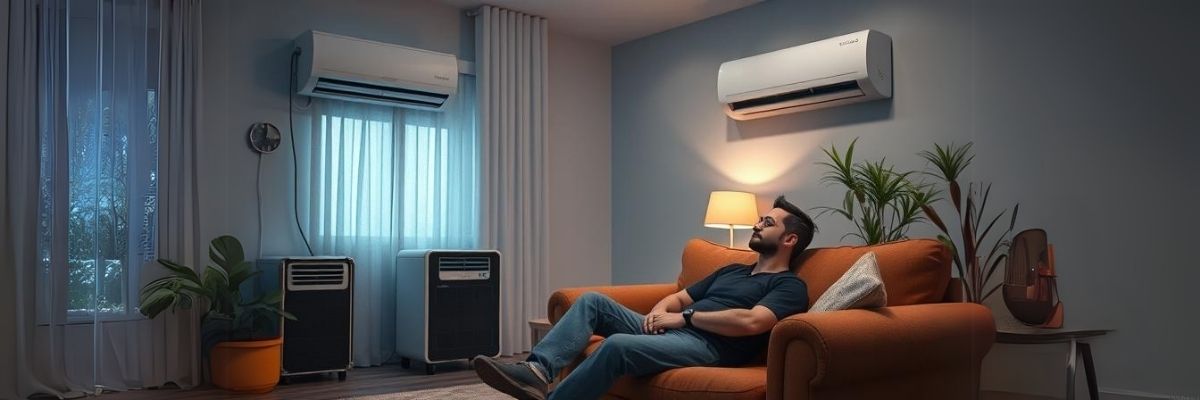
Can a Portable Power Station Run an AC?
Sweating through an Aussie summer and dreaming of portable, cool relief? Good news—yes, a portable power station can run an air conditioner. But not just any power station will do. You’ll need to choose the right unit based on your AC’s energy demands. That includes knowing both the running wattage and the surge wattage when the AC starts up. With the right pairing, staying cool while camping, travelling, or dealing with power outages becomes a breeze.
Not sure which power station is right for you?
Take the quiz!
Portable Power Station for Air Conditioner Use
Understanding Your AC’s Power Requirements
Finding the Wattage Rating on Your AC Unit
Your AC’s wattage rating is like its user manual for power consumption. Look for terms such as "power draw," "running watts," or "cooling power"—you'll usually find these listed on a sticker or the appliance manual. Knowing this is crucial to choosing the right portable power station for air conditioner use.
Typical Wattage Ranges by AC Type
- Portable ACs: 500–1,500 watts
- Window AC units: 800–2,000 watts
- Split system units: 2,000+ watts
Smaller units are more manageable for portable stations, while high-capacity units need serious watt-hour power.
Can a Portable Power Station Handle AC Startup Surges?
Absolutely—but only the right kind. Make sure your power station can deliver high peak power output. Devices that can’t handle these spikes may shut down, so aim for a unit with surge support and high continuous wattage output.
Energy Efficiency Ratings and Runtime Impact
Higher SEER (Seasonal Energy Efficiency Ratio) ratings mean less power needed for the same cooling. That means a longer runtime on your power station. Investing in a modern, energy-efficient AC can dramatically improve compatibility with portable stations.

How Long Can a Portable Power Station Run an AC?
Runtime Estimation and Battery Type
Calculate Runtime with a Simple Formula
Runtime = Power Station Capacity (Wh) ÷ AC Power Usage (W). A 1500Wh station powering a 500W AC? You’re looking at 3 hours—minus efficiency loss. Use this to set realistic expectations and plan recharges accordingly.
Battery Types: Lithium-Ion vs. Lead-Acid
Lithium-ion batteries offer superior efficiency, longer lifespans, and faster recharging times, making them ideal for portable air conditioner setups. While lead-acid models are cheaper, their weight and reduced cycle life make them less practical.

Efficiency Tips for Using a Portable Power Station for Air Conditioner Cooling
Best Practices for Extending Runtime
Minimise Heat Load
Close blinds and windows, and use heat-blocking materials to reduce indoor temperature. Every degree counts when running on battery power.
Prevent Air Leakage
Ensure windows and doors are sealed tightly. Preventing cool air from escaping improves overall cooling efficiency and prolongs battery life.
Final Thoughts: Portable Power Station for Air Conditioner Use
Using a portable power station for air conditioner use is entirely possible—if you understand the requirements. Know your AC’s power draw, invest in a capable power station, and use every energy-saving feature available. With the right setup, staying cool on the go or during outages is easy, efficient, and incredibly convenient.


